The line between digital fantasy and reality blurs more each year as game designers create increasingly photorealistic virtual worlds. Yet sometimes, nature and human architecture create scenes so surreal that they appear to be pulled straight from the imaginative realm of video games rather than our physical world.
Here is a list of 20 real-world locations that could easily be mistaken for video game landscapes, where reality imitates the digital fantasies we explore through our screens.
Zhangjiajie National Forest Park

The towering quartz-sandstone pillars of this Chinese national park inspired the floating mountains of Pandora in Avatar. These natural skyscrapers rise hundreds of feet from the forest floor, often shrouded in mist that parts to reveal vertigo-inducing drops.
The precarious walkways and glass bridges connecting some formations only enhance the sensation of traversing a carefully designed platformer level, where one misstep means game over.
Socotra Island

This Yemeni island hosts plant species that are so alien they appear to have been designed by creative directors rather than evolution. The iconic dragon’s blood trees, with their umbrella-shaped canopies, and the bulbous bottle trees, create an environment that resembles the strange flora of ‘No Man’s Sky.’
The limestone plateaus and white sand beaches against turquoise waters complete this otherworldly landscape, that seems to exist in its unique biome far from Earth’s regular rules.
Like Travel Pug’s content? Follow us on MSN.
Salar de Uyuni
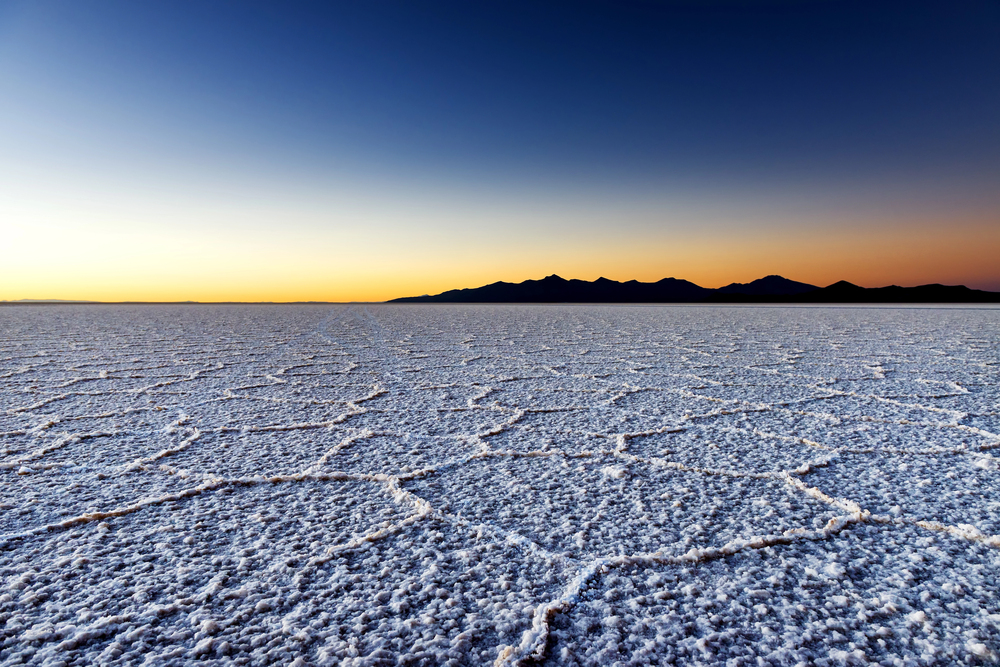
Bolivia’s salt flats form the world’s largest mirror when covered with a thin layer of water, creating an endless horizon where the sky and earth become indistinguishable. This natural phenomenon mimics the boundary-free landscapes of expansive open-world games, where the draw distance seems infinite.
The polygonal patterns formed by the salt crust drying resemble low-poly terrain textures from early 3D gaming eras.
Cappadocia
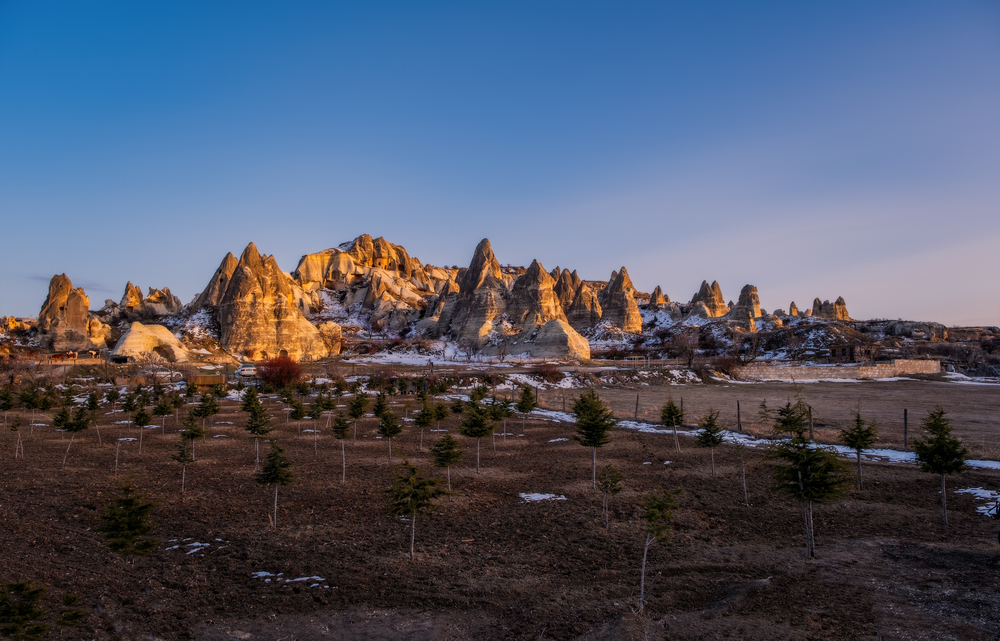
The fairy chimneys and cave dwellings of this Turkish region resemble a hand-crafted level from an adventure game. Thousands of years of human habitation have transformed natural rock formations into homes, churches, and entire underground cities that could easily serve as the setting for a quest-based RPG.
The hot air balloons that dot the morning sky add splashes of color that game designers might include to draw the player’s eye toward important locations.
Pripyat

The abandoned city near Chernobyl has stood frozen in time since the 1986 disaster, creating an eerie post-apocalyptic landscape that has directly inspired games like S.T.A.L.K.E.R. and Call of Duty. Nature slowly reclaims the Soviet-era apartment blocks and the iconic abandoned amusement park.
The decaying Ferris wheel and empty buildings create the perfect setting for a survival horror game, where danger might lurk around every crumbling corner.
Like Travel Pug’s content? Follow us on MSN.
Antelope Canyon
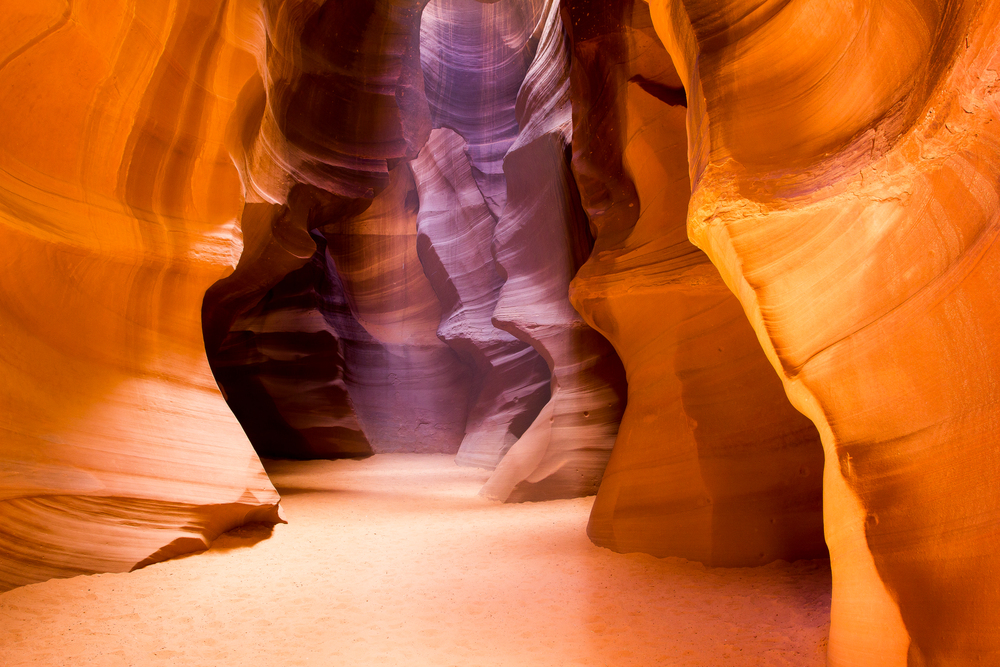
The twisting, narrow passages of this Arizona slot canyon, with sunlight filtering down to create dramatic light beams, mirror the carefully controlled lighting effects of modern game engines. The smooth, flowing walls carved by flash floods resemble the work of a 3D artist who has masterfully applied texture mapping to create depth.
The rich oranges and purples that characterize these sandstone corridors would make an ideal setting for a puzzle-solving adventure sequence.
Gardens by the Bay

Singapore’s futuristic park features massive Supertrees—vertical gardens standing up to 160 feet tall—that look like they were plucked from a sci-fi game’s concept art. The elevated walkway connecting these structures and the climate-controlled biodomes housing plants from around the world creates an environment that feels like the hub world of a far-future RPG.
At night, the illuminated trees, pulsing with colored lights, complete the illusion of stepping into a meticulously designed digital realm.
Namib Desert

The rust-red dunes of this ancient African desert create wave-like patterns that extend to the horizon, resembling the procedurally generated landscapes of games like ‘Journey.’ The stark meeting point of desert and Atlantic Ocean at the Skeleton Coast creates the kind of dramatic biome transition that game designers use to signal players they’re entering a new area.
The fog that rolls in from the sea transforms the landscape into a mysterious, limited-visibility environment, perfect for atmospheric gameplay.
Like Travel Pug’s content? Follow us on MSN.
Plitvice Lakes

Croatia’s terraced lakes, connected by waterfalls, create the impression of a carefully designed water level, where each pool has been placed at precisely the right height for visual impact. The wooden walkways guiding visitors through the turquoise waters and lush greenery feel like the predetermined path an environment artist would craft to ensure players experience the most picturesque views.
The changing colors of the lakes throughout the seasons mirror the palette swaps often employed in game design.
Tianzi Mountains

These Chinese mountains appear to defy gravity, with vertical peaks that seem too narrow to support their own weight. The mist that frequently envelops them creates a dynamic fog-of-war effect that gradually reveals the landscape as you approach.
These dramatic formations inspired the Hallelujah Mountains in the film Avatar. They would make the perfect setting for a high-altitude challenge level where players must navigate precarious bridges between peaks.
Meteora
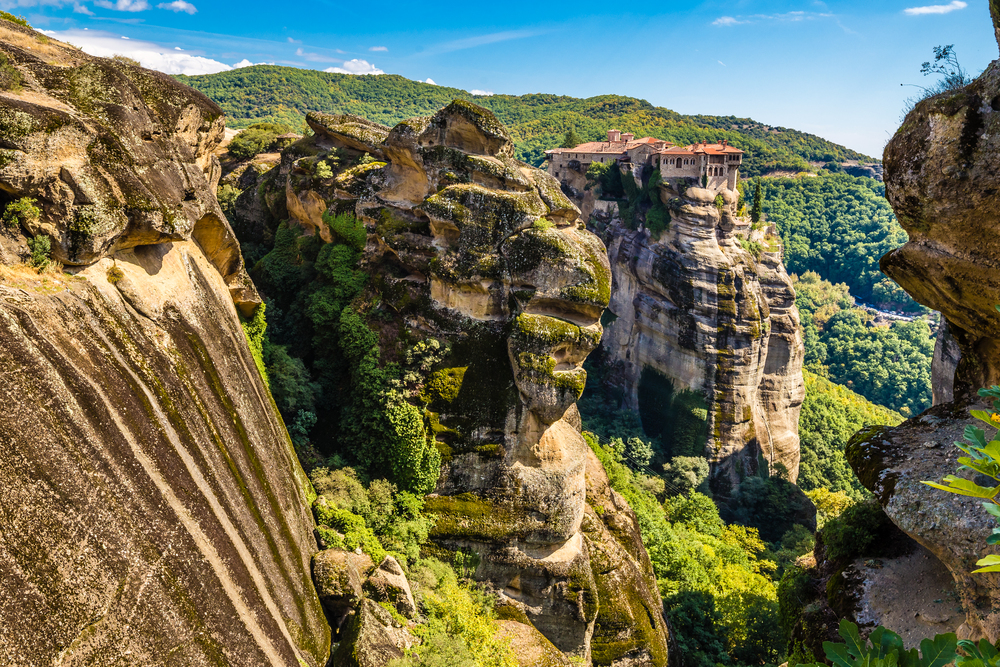
The ancient Greek Orthodox monasteries perched atop seemingly inaccessible rock pillars in central Greece create a scene straight from a fantasy adventure game. Built by monks seeking isolation, these structures seem to float above the clouds, connected to the world below only by narrow paths and steps carved into the rock.
The combination of natural stone towers and human architecture creates the perfect setting for a climactic boss battle or important story revelation.
Like Travel Pug’s content? Follow us on MSN.
The Giant’s Causeway
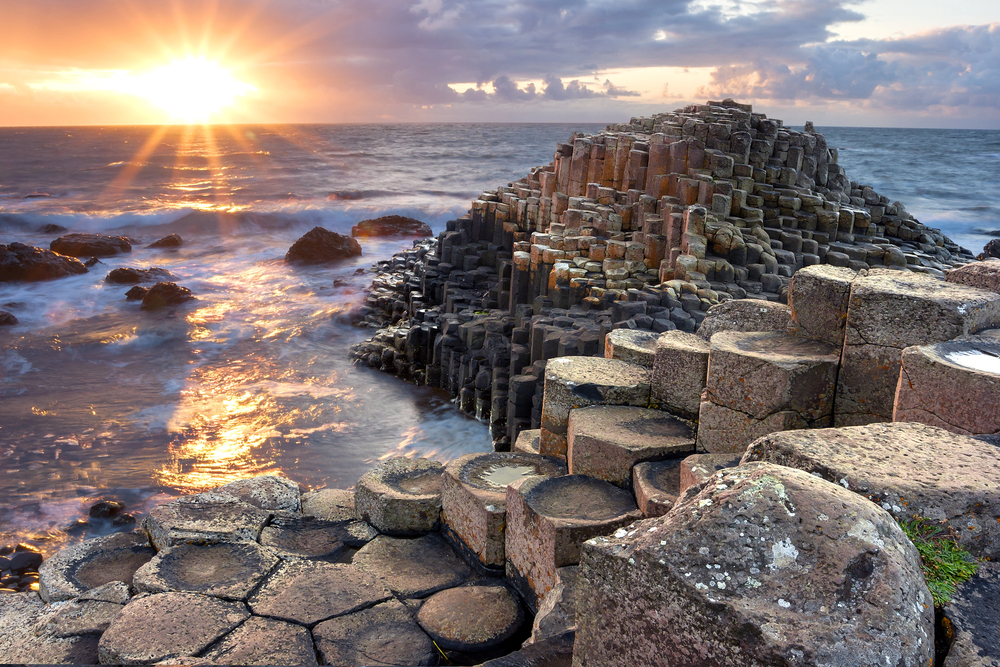
Northern Ireland’s coast features approximately 40,000 interlocking basalt columns, which were formed by ancient volcanic activity, but appear as though they were placed by level designers, creating platforming challenges.
The nearly perfect hexagonal shapes of these columns resemble the kind of geometric precision found in games, where developers need to create natural-looking environments that still allow for predictable player movement and jumping puzzles.
Waitomo Glowworm Caves
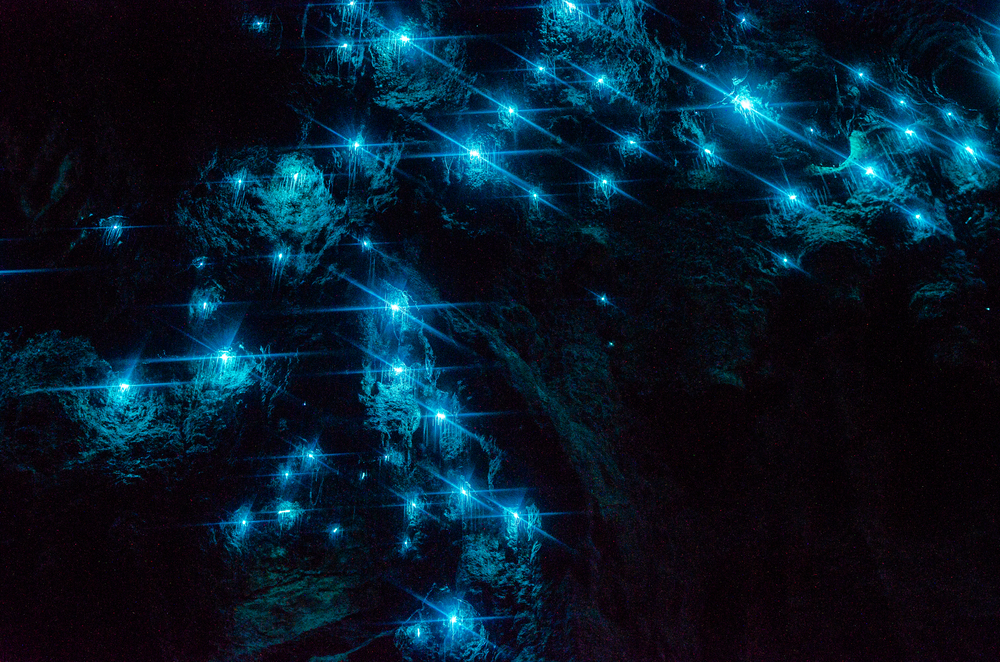
New Zealand’s limestone caves, illuminated by thousands of glowworms, create a bioluminescent starscape that resembles the kind of magical environment found in fantasy RPGs. The blue light emitted by these tiny creatures transforms ordinary caverns into enchanted spaces.
Tourists floating silently in boats beneath this living constellation experience the same sense of wonder that game designers strive to evoke with carefully placed light sources in dark dungeon levels.
Angkor Wat
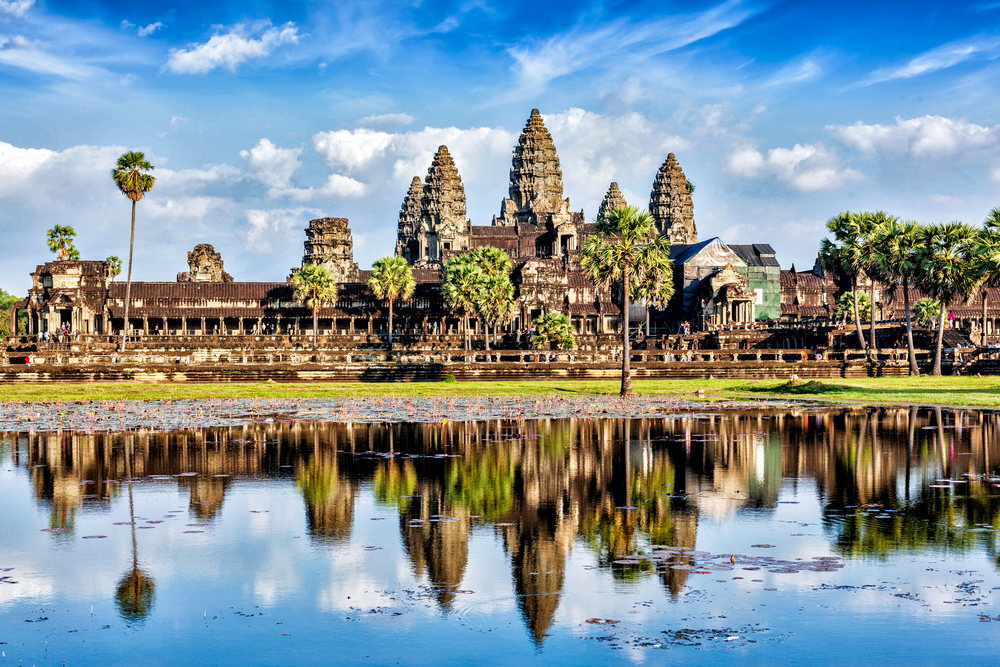
Cambodia’s ancient temple complex, with its intricate stonework slowly reclaimed by massive tree roots, has directly inspired game environments from Tomb Raider to Uncharted. The labyrinthine passages, hidden chambers, and huge carved faces create the perfect setting for an archaeological adventure.
The interplay between human architecture and untamed nature creates environmental storytelling that game designers strive to replicate, where the landscape itself reveals the history of its creation.
Like Travel Pug’s content? Follow us on MSN.
Pamukkale

Turkey’s ‘cotton castle’ features terraced white calcium pools filled with mineral-rich blue water cascading down a hillside. These natural formations resemble the kind of visually striking, physically impossible landscapes that game artists might create for an alien world or magical realm.
The stark white terraces against blue water create a high-contrast environment that draws the eye and would serve as a memorable location for an important game sequence.
Lake Natron
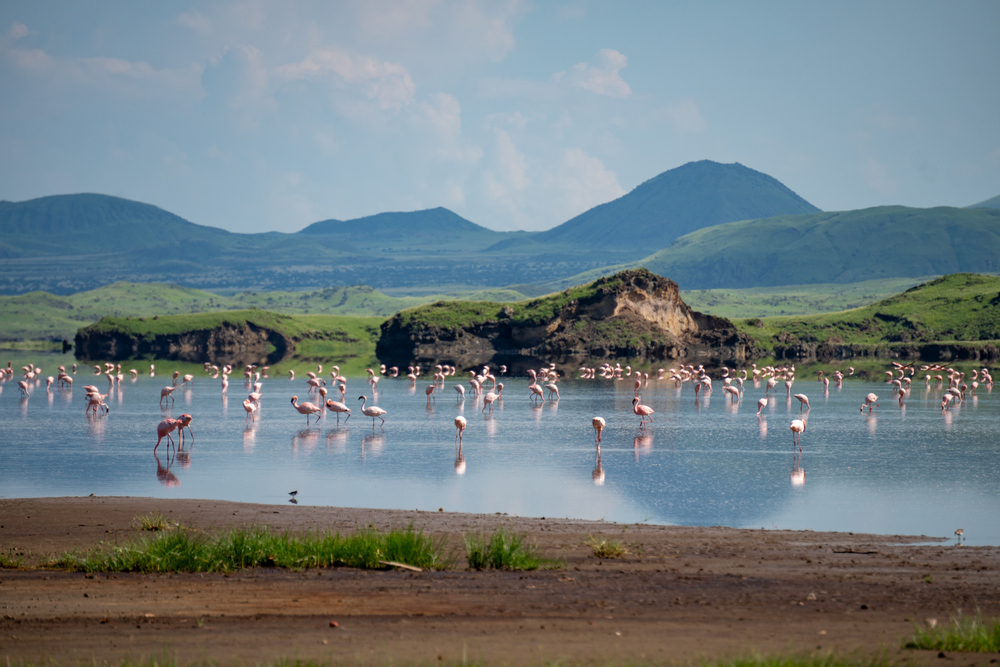
This Tanzanian soda lake’s blood-red waters, caused by microorganisms thriving in its caustic environment, create a scene that looks like a corrupted landscape from a horror game. The calcified remains of animals unfortunate enough to die in its waters add to the eerie atmosphere.
The lake’s alien appearance, surrounded by active volcanoes and dry savanna, creates the perfect setting for a game level where the environment itself is the enemy.
Door to Hell

This burning natural gas crater in Turkmenistan has been continuously aflame since 1971, creating a fiery pit that looks like a portal to a game’s underworld level. Engineers set it alight, expecting it to burn out in weeks, but five decades later, the flames still illuminated the desert night.
The 230-foot wide crater with its perpetually burning fire creates the perfect visual for a game’s dramatic set piece where players might face a final challenge or boss encounter.
Like Travel Pug’s content? Follow us on MSN.
Wulingyuan Scenic Area
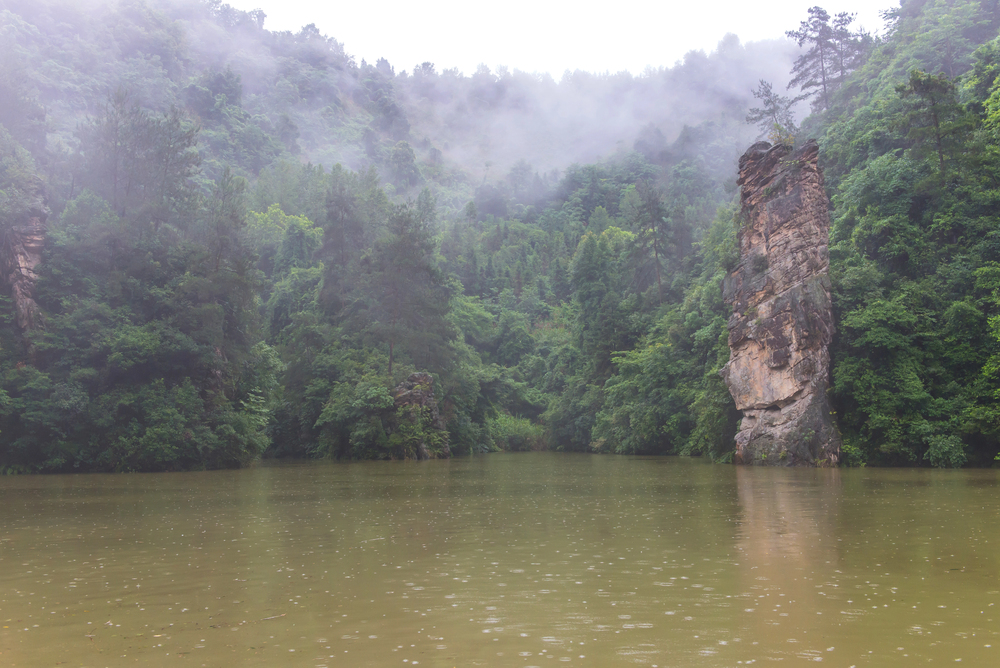
This Chinese landscape of over 3,000 quartzite sandstone pillars rising from the forest floor creates a vertical maze that any game-level designer would be proud to claim. The pillars, many over 650 feet tall, are often wrapped in mist, creating a dynamic environment where visibility constantly changes.
The world’s tallest outdoor elevator, built into the side of a cliff face, adds the kind of impossible transportation method that game designers love to incorporate into vertical levels.
Las Pozas

This surrealist garden in the Mexican jungle features concrete structures that appear unfinished or partially ruined, creating an environment that seems designed specifically for platforming and exploration. Created by eccentric artist Edward James, the site includes doorways that lead nowhere, staircases that twist upon themselves, and concrete flowers larger than trees.
The space’s deliberate dreamlike quality mirrors the carefully constructed unreality of video game worlds.
The Wave
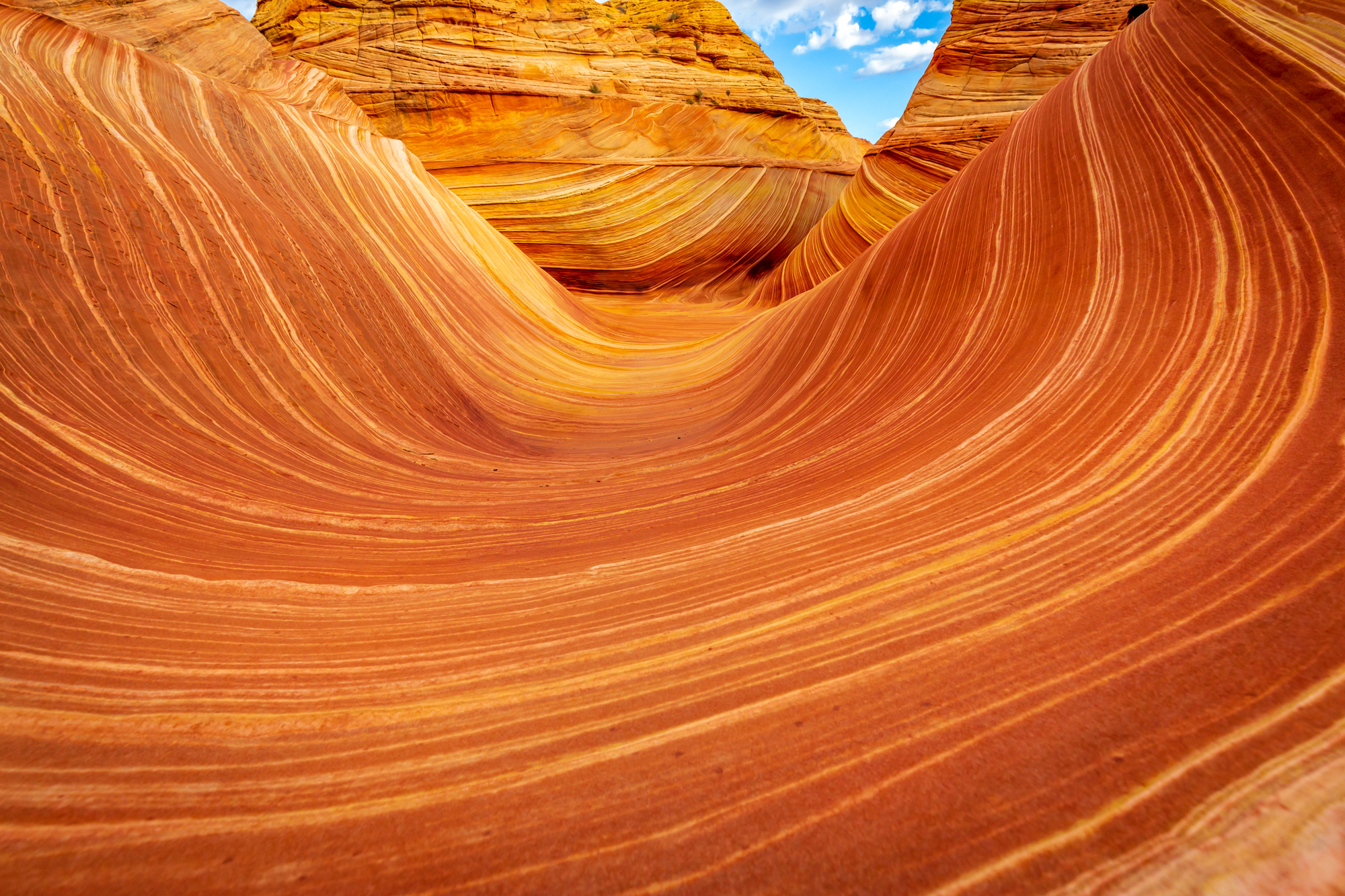
This sandstone formation in Arizona features undulating layers of rock that create the impression of liquid frozen in time. The smooth, swirling patterns resemble the stylized natural environment that appears in games with distinctive art directions like Journey or Okami.
The limited number of permits granted daily to visit this fragile landscape adds a real-world parallel to the gated areas in games that require special achievements or items to access.
Like Travel Pug’s content? Follow us on MSN.
When Digital Meets Reality

The convergence of video game landscapes and real-world locations demonstrates how the boundaries between digital fantasy and physical reality continue to blur. Game designers draw inspiration from these extraordinary places, while photographers and travelers increasingly view these landscapes through the lens of digital experiences.
These remarkable locations remind us that our planet contains environments so spectacular they seem designed rather than formed, worlds so extraordinary they challenge our perception of what exists only in imagination versus what can be found on Earth with a plane ticket and a sense of adventure.
More from Travel Pug

- Cities Growing so Fast You Won’t Recognize Them in 10 Years
- 13 Destinations Where Tourists Regularly Regret Their Trip
- 20 Obscure WWII Sites Even History Buffs Don’t Know About
- 10 Under-the-Radar Mountain Towns That Are Both Affordable and Beautiful
- Remote Villages in Europe Where You Can Live for Free in Exchange for Work
Like Travel Pug’s content? Follow us on MSN.
